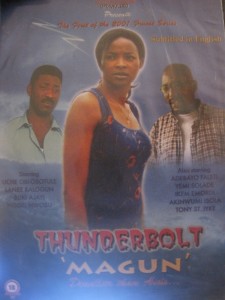A guest-post by Jolaade Adesanya
as narrated by Yemi Adesanya
She was extremely excited at the first mention of the request from uncle Kola, to write something for his blog. Then the big question came when it was time to settle down to it “why does he want me to write, mummy?”. “I think he wants to know what you think about different things.” “OK!”. She then began to tell me the different things she’d like him to know about – she loves babies (a neighbor has just delivered a baby girl, she is now a regular visitor to their home), she doesn’t like the school bus (mum/dad should take her to school instead), she doesn’t like yellow buses (they are always driving roughly), she loves her daddy and mummy!, and yes she loves herself, because she loves babies!
What goes on in a 4 yr old girl’s mind is beyond me, mine is always asking difficult questions, questions that leave you wondering if she is not some old woman re-incarnate. The latest question that got me wondering; “if someone is getting married, will they have the wedding in the girls mummy’s church?”.
Her story is as follows:
My name is Jojo, my uncle calls me that.
I love myself, I love my mummy, I love my daddy
I don’t like people driving rough
I like eating fried egg and yam
Mrs Oladimeji is always dozing in the class.
STOP
It was impossible convincing her to write her name, instead of Joojoo, she definitely wants uncle Kola to know the pet name given her by uncle Kunle!
She promised to continue writing this story, but for now, a road marker STOP marks the end.
_______________________
 Jolaade Adesanya is my lovely four and a half year-old niece, and she writes from Lagos, Nigeria. The first mention of her on this blog was way back in August when I first went to Six Flags. You can read the entry here.
Jolaade Adesanya is my lovely four and a half year-old niece, and she writes from Lagos, Nigeria. The first mention of her on this blog was way back in August when I first went to Six Flags. You can read the entry here.
Yemi Adesanya is my accountant sister who works in Lagos and who has been a very lovely, very dependable, and equally a very delightfully mischievous sibling. If you want to find her, head over here. Of course you may have to buy shoes or bags in the process. She sells them in her spare time instead of writing which, as you can see, could as well have been her vocation as well.
Jolaade’s picture courtesy of Chris Ogunlowo.
Let no one ask me why she chose to paint her face when the photo was about to be taken, or whether it is standard procedure for children of this age to paint their faces like that. You will have to figure it out for yourself 😀
Have a nice weekend.
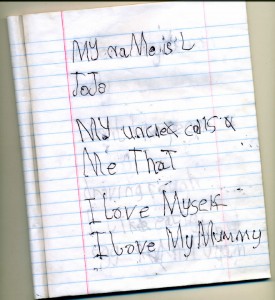
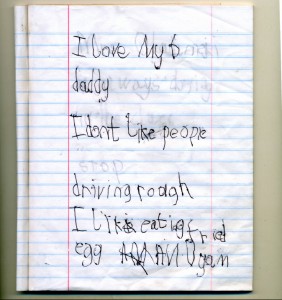
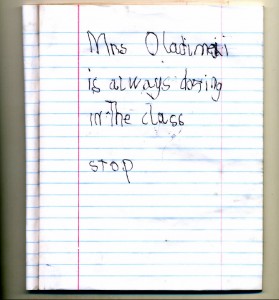
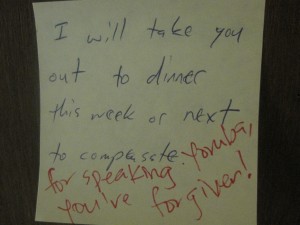
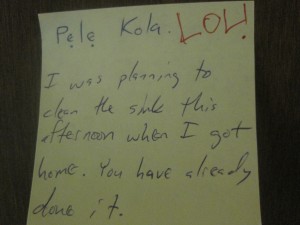
 “Lemp Mansion is a house in St. Louis, Missouri. The ghosts of several Lemp family members are said to haunt the mansion.” –
“Lemp Mansion is a house in St. Louis, Missouri. The ghosts of several Lemp family members are said to haunt the mansion.” – 